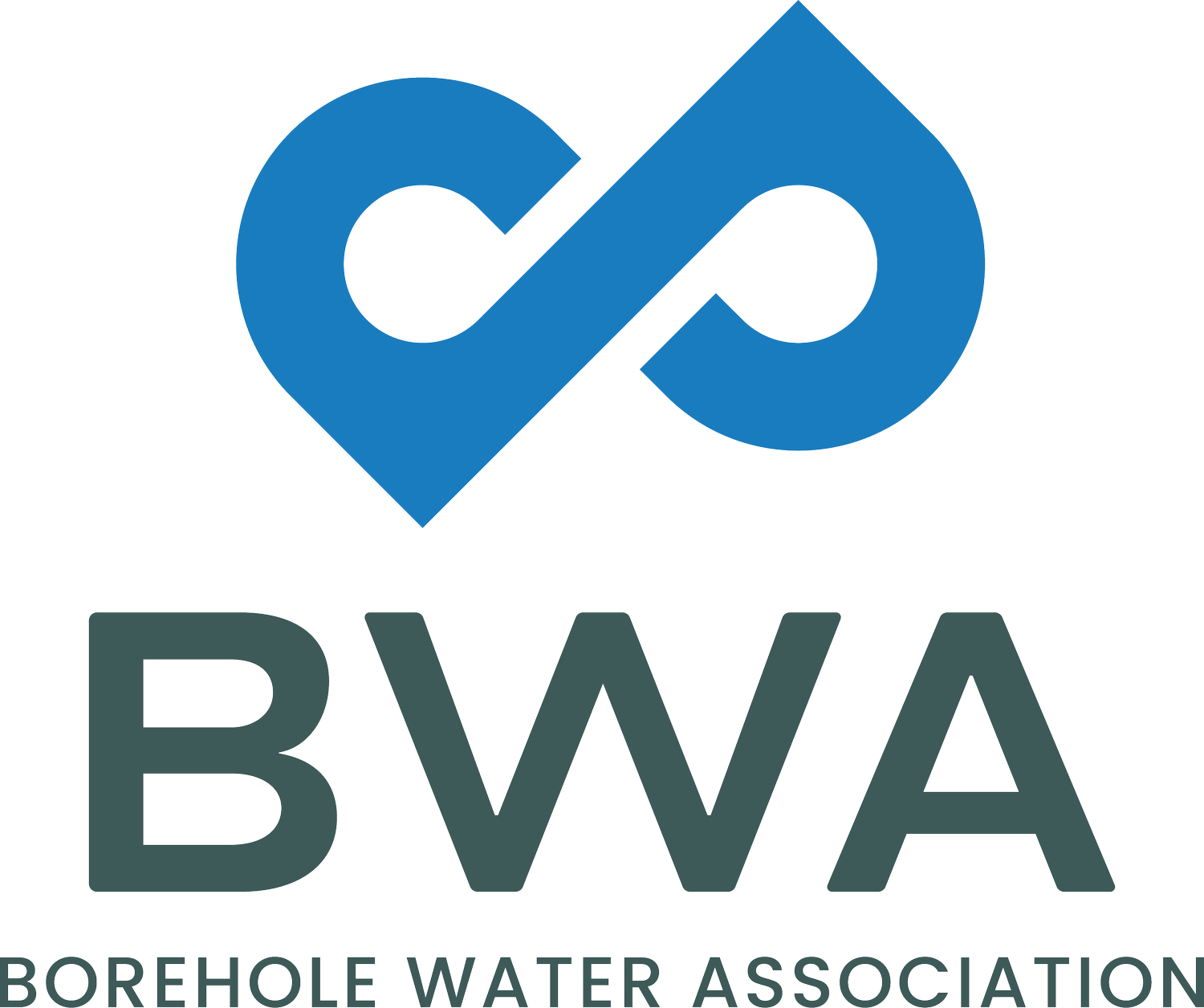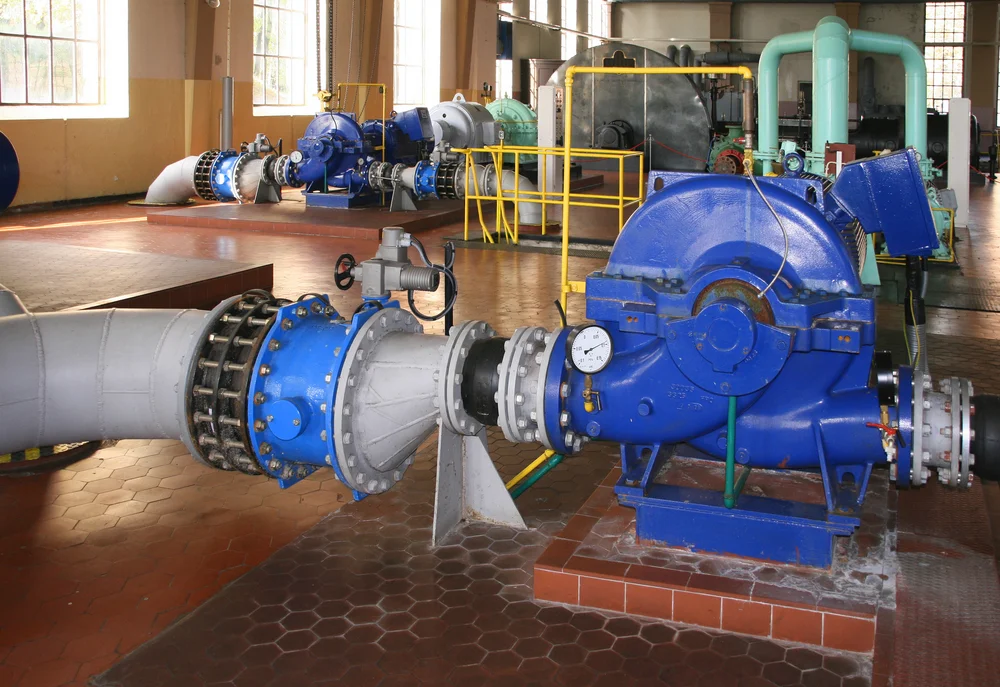Using borehole water in a domestic pressure system
/Pressure systems are a specific category of any pumping system. Many people have installed these systems to be able to use borehole water for domestic purposes. There are some very definite installation requirements that need to be followed.
Recently the question was asked: “I have installed a pressure system at my house but every time I switch on a tap, a little water flows followed by a lot of air. What could be the cause?”
There are a number of reasons for this and in this article, I will point out a few aspects to check to establish a root cause or causes for the problem.
Is there enough water in your borehole?
Test-pumping of a water borehole is carried out to obtain information about its possible long-term pumping rate. The borehole contractor should do a yield test to indicate the amount of water in the borehole as well as to determine the correct pump that would be required to pump the water out of the borehole into the tank. A word of caution. To ensure sustainable and reliable performance from your borehole, make sure you have adequate protection relay(s) to guard against over-pumping, or electricity supply issues.
Do you have a pressure gauge installed?
A pressure gauge is an essential piece of instrumentation. When the pump has switched off and all taps/outlets are closed, the pressure gauge reading should remain steady. A decrease in the gauge reading indicates a leak or leaks in the system. Assuming all outlets are now closed, rapid drop will initiate a rapid start/stop cycle.
How will I know there is a leak in my system?
Look out for corrosion streaks on any of the wrought steel pipes or joints. Leaks will certainly cause a pressure drop and restarting of the pump.
is there a non-return valve between the pump and the system outlets?
The positioning of any non-return valves (nrvs) is critical in any pressure system. In the case of a borehole installation, the nrv situated directly on the discharge of the pump is essential as it prevents the draining of the riser piping which brings the water to the surface. If there is any form of leakage/return flow back into the borehole, through the pump, the riser pipe will drain and the pump will restart against a zero, or worse still, a negative head. A zero head on startup indicates that the riser pipe has filled with air up to the static level in the borehole. When the pump is restarted, this air is expelled in the form of sporadic air/water flow until there is only water moving through the pipes. A negative head indicates that there is no means for air to be allowed into the riser pipe to replace the vacuum created by the falling water level inside the riser. This is not a good situation as it will cause any plastic pipe material to collapse and inevitably split. The low head conditions will damage the pump and motor during the startup cycle.
HOw can air enter the system?
If the pressure gauge remains constant and the nrv is sealing, then the air is entering the system between the surface nrv and the pump. My recommendation for pressure systems is to fit a brass (better quality) nrv on the pump’s discharge (particularly 4 inch or 100mm diameter pumps) even though the pump already has an “nrv”. Stopping a borehole pump’s riser pipe from draining is absolutely critical. If this happens, very premature pump and motor failure is not a question of if, but when. I would strongly recommend that the pump is removed and an external nrv is fitted if there is any doubt about the integrity of any nrv that is fitted to the pump.
FIT A COMPOUND PRESSURE AND VACUUM GAUGE OR A VACUUM BREAKER
The fact that when a tap is opened and water runs for a few seconds before you hear only air being expelled indicates that the water in the riser pipe is being allowed to run back into the borehole when the pump is switched off. This is a clear indication that the nrv in/on the pump’s discharge is leaking or worse still, is not there!! The intermittent flow shows that the falling water level in the riser pipe is drawing in air, through a leaking joint, to replace the drop in pressure in the pipe. When the pump is started, this air is forced out through the surface taps.
A vacuum gauge, vacuum breaker (schraeder valve) can be used to determine if there is any negative pressure being created in the riser pipe and to break this vacuum by allowing air into the riser pipe. It is important that the air is released in a controlled manner. Creating a small amount of compression in the air column will generate a back pressure against the pump which will prevent it from “falling off” the right-hand side of the performance curve. The best way of preventing air entrainment is fitting a good quality nrv to the discharge of the pump.
What does a hydrostat do?
A hydrostat is used in place of a pressure tank. The downside of this pressure/switching regulating device is that it has very limited storage capacity. This means that even a small leak on the pressure side will cause a very rapid drop in pressure, which will require the pump to restart over short spaces of time. If there is a leak in the system and the hydrostat is not set/installed correctly, you will hear the pressure switch clicking rapidly. This will lead to the motor burning out. This means that if a hydrostat is used, there should be no leaks in the system.
What does a pressure tank do?
When a pressure tank is installed on the delivery side of the pump, it results in a constant pressure and flow of water. Basically it acts as a ‘shock absorber’ and pressure storage device as water moves through the system. Pressure tanks (yes, they also have a few drawbacks) come in sizes from 24 to 600 litres and larger.
A final point with respect to pressure systems
There is the possibility that a slow leak in the system will allow the pressure to increase to a maximum when the pump starts. When the pump switches off, any leak that affects (reduces) the pressure “seen” by the pressure switch, will cause the pump to restart. This cycle can be as short as a few seconds. Whenever an induction motor starts there is an inrush of amperage, which causes an increase in the temperature of the motor windings. Too many start/stop cycles over a short period of time will inevitably lead to over-temperature of the windings and failure of the winding insulation (burn-out). To prevent this, a pressure tank of appropriate size must be installed. These points apply to all pumps, irrespective of size. A 0,56kW is as badly affected as a Megawatt rated pump.
borehole water for human or animal consumption
If you intend using the borehole water for human or animal consumption, a Water Quality Test is necessary and should be carried out by a SANAS accredited laboratory. The following article gives more information about groundwater that is to be used for drinking purposes. Is all groundwater safe enough to drink?
John Tonkin is the editor of the Journal and offers training and advisory services at John Tonkin and Associates.







